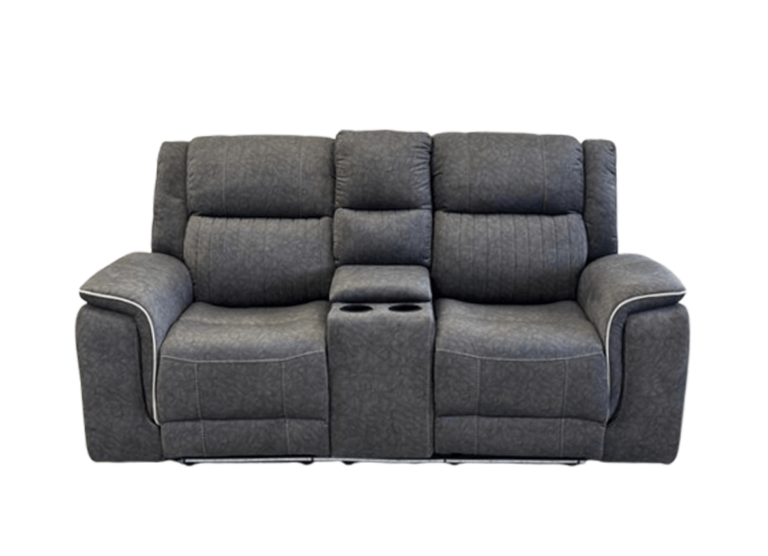Bedbugs, small nocturnal pests, are notorious for infesting homes, apartments, and hotels, causing both physical discomfort and emotional distress. Their ability to hide in tiny cracks and crevices makes them difficult to detect until they have already spread. As the name suggests, bedbugs typically target beds and mattresses, but they can also be found in furniture, cracks in walls, and even behind baseboards. Fortunately, with proper knowledge and the right methods, bedbug control can be effectively managed, allowing you to reclaim your space and your peace of mind.
Why Bedbugs Are a Problem
Bedbugs are not known to transmit diseases, but their bites can lead to a range of issues for homeowners. The most common problem is the itching and irritation caused by the bites. While not everyone reacts to bedbug bites, those who do may experience redness, swelling, and even secondary infections from excessive scratching. Furthermore, the presence of bedbugs can lead to sleep disturbances and anxiety, which can negatively impact your overall well-being.
Bedbugs are resilient pests that are highly adaptable, which makes them difficult to eradicate without a comprehensive approach. Unlike other pests, they do not rely on food sources like crumbs or waste. Instead, they feed on blood, usually at night when their hosts are asleep. Bedbugs can survive for several months without feeding, which allows them to spread unnoticed over time. Their ability to hide in small spaces and their resistance to some pest control methods make effective treatment essential.
How to Identify a Bedbug Infestation
Identifying a bedbug infestation early is crucial for successful control. Here are some common signs that you may have bedbugs in your home:
- Bedbug Bites: The most obvious sign of an infestation is the appearance of bites. Bedbug bites often present as small, red welts on the skin, typically in a linear pattern. Bites are usually found on areas of the body that are exposed during sleep, such as the arms, legs, and neck.
- Blood Stains: After feeding, bedbugs may leave behind small bloodstains on your sheets or clothing. These stains may appear as tiny, dark spots or smears.
- Fecal Spots: Bedbug droppings appear as dark, rust-colored specks, often found on bedding, furniture, or nearby walls.
- Musty Odor: In heavy infestations, you may notice a musty or sweet odor in the affected area. This scent is produced by the bedbugs’ scent glands and is particularly noticeable when disturbed.
- Physical Sightings: Adult bedbugs are reddish-brown and oval-shaped, measuring about 5-7mm in length. While they are not always easy to spot during the day, they are often found in crevices in and around the bed frame, mattress seams, headboards, and furniture joints.
Steps for Effective Bedbug Control
- Inspect and Identify: The first step in bedbug control is a thorough inspection of your home. Look for signs of bedbugs in common hiding places, such as along mattress seams, inside furniture, under carpets, and behind baseboards. If you find evidence of bedbugs, it’s essential to act quickly to prevent further spread.
- Declutter: Bedbugs thrive in cluttered environments because it provides more places for them to hide. By reducing clutter, particularly near sleeping areas, you can make it easier to detect and treat infestations. Dispose of any items that are heavily infested or too difficult to treat, but be sure to seal them in a plastic bag to prevent the spread of bedbugs.
- Clean and Vacuum: Regular cleaning can help reduce the number of bedbugs in your home. Vacuum your mattress, box spring, and furniture thoroughly to remove any visible bedbugs, eggs, or larvae. After vacuuming, dispose of the vacuum bag or empty the canister immediately in a sealed plastic bag. Wash all bedding, linens, and clothing in hot water (above 120°F) to kill any bedbugs or eggs.
- Use Heat Treatment: Bedbugs are sensitive to high temperatures. One of the most effective ways to kill bedbugs and their eggs is through heat treatment. You can use a steamer to treat infested areas, such as mattress seams and furniture joints. For larger infestations, professional pest control services may use industrial-grade heat treatment equipment to raise the temperature of an entire room to a level lethal to bedbugs.
- Apply Insecticides: If the infestation is severe, you may need to use insecticides to target the bedbugs. There are various insecticides available, including sprays, dusts, and aerosols. It’s essential to choose products that are specifically labeled for bedbug control. Be sure to follow all instructions carefully and take proper precautions to ensure the safety of children and pets.
- Use Bedbug Mattress Encasements: Bedbug-proof mattress encasements are a practical and effective tool for preventing further infestations. These encasements cover the entire mattress, trapping any bedbugs inside and preventing them from escaping to other areas of your home. They also make it easier to spot bedbugs and their eggs if any remain on the mattress.
- Call a Professional: If you are unable to effectively control the infestation on your own, it may be time to call a professional pest control service. Pest control experts have the knowledge, tools, and experience to handle even the most challenging bedbug infestations. They may use a combination of heat treatments, insecticides, and other methods to eradicate the pests from your home.
Preventing Future Bedbug Infestations
Once you have successfully eliminated the bedbugs from your home, it’s important to take steps to prevent them from returning. Here are a few tips for ongoing bedbug prevention:
- Inspect Secondhand Furniture: If you purchase secondhand furniture or clothing, carefully inspect it for signs of bedbugs before bringing it into your home.
- Be Cautious When Traveling: Bedbugs are often picked up during travel, particularly in hotels. Check the bed and surrounding areas for signs of bedbugs before settling in, and consider using a bedbug-proof luggage encasement.
- Seal Cracks and Crevices: Bedbugs can hide in even the smallest cracks and crevices. Sealing these gaps in walls, floors, and around windows can prevent them from entering your home.
- Regular Inspections: Perform routine inspections of your home to catch any early signs of bedbugs before they become a larger problem.
Conclusion
Dealing with a bedbug infestation can be stressful and overwhelming, but with the right approach, you can effectively eliminate these pests and prevent them from returning. By inspecting your home, reducing clutter, using heat treatments, applying insecticides, and calling in professional help when needed, you can regain control over your living space. Remember, the key to successful bedbug control is early detection and consistent treatment. With proper care and vigilance, you can keep your home bedbug-free and ensure a healthier, more comfortable living environment.















